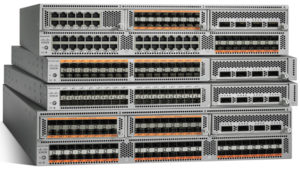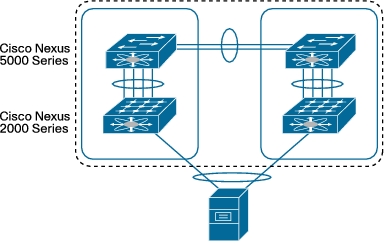
Here are some Nexus facts to keep in mind:
- With LACP, you can bundle up to 16 interfaces in a channel group. If the channel group has more than 8 interfaces, the remaining interfaces are in hot standby for the port channel associated with this channel group on the M-series modules.
- From Cisco NX-OS Release 5.1, you can bundle up to 16 active links into a port channel on the F-series module.
- When you delete the port channel, the software automatically deletes the associated channel group. All member interfaces revert to their original configuration.
- You cannot disable LACP while any LACP configurations are present.
- When you run static port channels with no aggregation protocol, the channel mode is always set to on.
Of course, you must globally enable LACP before you can use it on the Nexus device. There are two modes:
- Passive – responds to negotiations, but does not initiate them – sounds like me at the High School dance
- Active – initiates negotiations
Starting at 4.2(3) – Cisco introduced some LACP compatibility enhancements as follows:
- When a Cisco Nexus device is connected to a non-Nexus peer, its graceful failover defaults may delay the time taken for a disabled port to be brought down or cause traffic from the peer to be lost. To address these conditions, the lacp graceful-convergence command was added.
- By default, LACP sets a port to the suspended state if it does not receive an LACP PDU from the peer. In some cases, although this feature helps in preventing loops created due to misconfigurations, it can cause servers to fail to boot up because they require LACP to logically bring up the port. You can put a port into an individual state by using the lacp suspend-individual command.
Starting with Release 5.1 Cisco introduced the Minimum Links feature as well as MaxBundle. The Minimum Links feature allows you to:
- Configure the min number of links that must be in the bundle
- Prevent low bandwidth LACP bundles from becoming available
- Causes the port channel to go inactive if the required min bandwidth is not available
MaxBundle allows:
- Upper limit on ports that are bundled
- Allows the designation of ports as hot standby
Basic Configuration
- Use feature lacp to enable the feature
- Create the port channel interface with interface port-channel 10, use the switchport command in the interface
- Add a Layer 2 interface to the port channel with switchport followed by channel-group 10 mode passive
